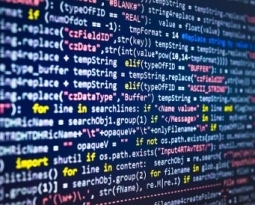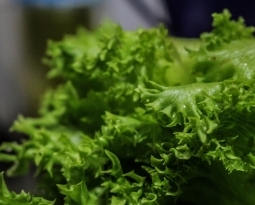Apple’s disassembly robot Daisy makes striking gold a little easier
1,900 kg of aluminum, 770 kg of cobalt, 710 kg of copper, and 11 kg of rare earth elements – that’s just a fraction of what Apple’s disassembly robot Daisy can recover from old iPhones. Crucial to the construction of circuit boards, batteries, cameras, haptics and other pieces that keep our smartphones running, these precious metals are often left untapped because consumers aren’t recycling their old electronics or facilities don’t have the means to easily recycle them. Apple, however, is trying to change that with its recent commitment to minimize its negative impact on the environment through initiatives like its trade-in “GiveBack” recycling program and investments in R&D to create machines like Apple’s disassembly robot Daisy. The recycling robot was five years in the making and was unveiled last week in Austin, just in time for Earth Day 2018.
Lisa Jackson, Apple’s VP of Environment, said, “What we’ve learned is that the technology for recycling hasn’t really advanced much. (Daisy) is one of the ways that we’re going to make real progress in our goal to mine less from the Earth and use more recycled and renewable materials in-product.” And boy, is recycling worth it. Experts note that “urban mining” or recovering materials from discarded electronics is more efficient than extracting metals from natural mining. Frederico Magalini, an e-waste researcher and managing director at UK sustainability firm Sofies, explains that there is 80 times as much gold in one ton of recycled cellphones than in a gold mine. He also adds that recycling electronics is more sustainable than plastic recycling: “Historically, metals have value, and you can recycle metal forever. For plastic, it’s different because every time you recycle the plastics, the mechanical properties don’t necessarily remain the same.”
As the benefits of recycling electronics become more apparent, the way we recycle those devices will improve as well. Two years ago, Apple’s recycling robot Liam was 100 feet long and composed of 29 robots. Now in 2018, its successor, Daisy, is a third of the size and made up of only five robots. In fact, old parts from Liam were used to construct Daisy. More compact and efficient, Daisy is able to dismantle nine different versions of the iPhone at a rate of 200 iPhones per hour, unlike Liam which could only deconstruct the iPhone 6.
Currently, Apple’s disassembly robot Daisy is one of a kind in the world. A second Daisy is expected to be installed in the Netherlands and the disassembly robot will likely be rolled out in other parts of the Apple global empire. Apple CEO Tim Cook said, “We’re going to keep pushing the boundaries of what is possible with the materials in our products, the way we recycle them, our facilities and our work with suppliers to establish new creative and forward-looking sources of renewable energy because we know the future depends on it.
Developing ways to improve recycling of electronics? Did you know your R&D experiments could be eligible for the R&D Tax Credit and you can receive up to 14% back on your expenses? To find out more, please contact a Swanson Reed R&D Specialist today or check out our free online eligibility test.
Who We Are:
Swanson Reed is Texas’ largest Specialist R&D tax advisory firm, offering tax credibility assessments, claim preparation, and advisory services. We manage all facets of the R&D tax credit program in Texas, from claim prep & audit compliance to claim disputes.
Swanson Reed regularly hosts free webinars and provides free IRS CE and CPE credits for CPA’s. For more information please visit us at www.swansonreed.com/webinars or contact your usual Swanson Reed representative

















